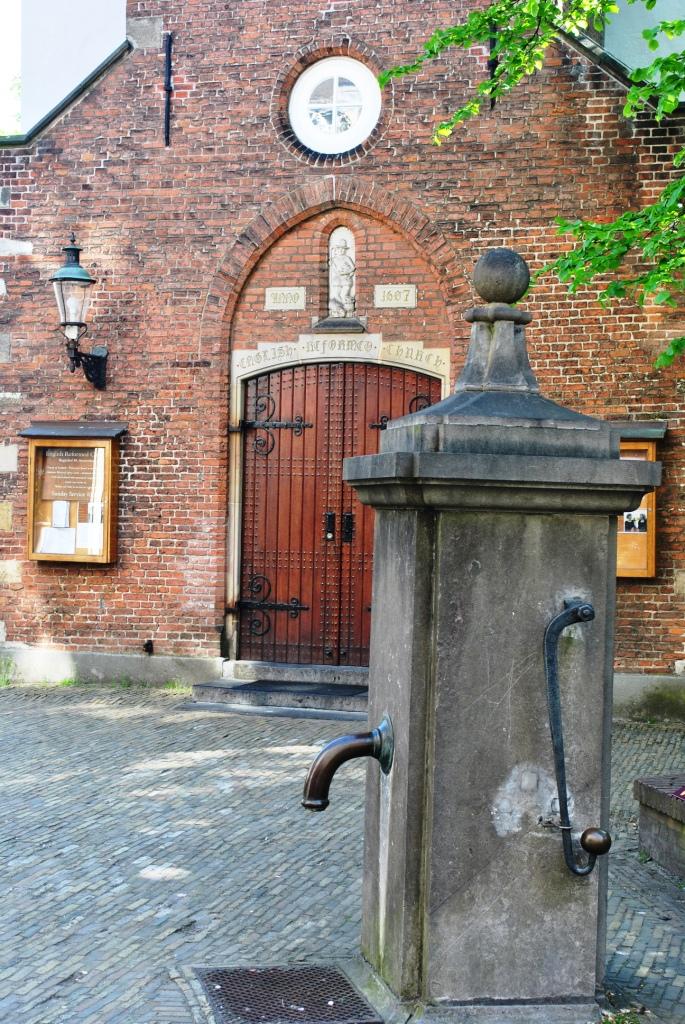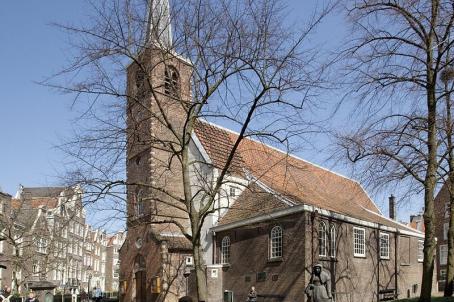Begijnhofkerk

Ever since the beguinage was founded at the beginning of the fourteenth century, there has been a chapel on this site. When the English Protestants took over the medieval chapel in 1604 , the Catholic beguines went to church elsewhere in the beguinage. In 1665 , two houses on this site were merged into one church space. On 2 July 1671, the first stone was laid for the major renovation into a fully-fledged church space based on a design by Philips Vingboons.





